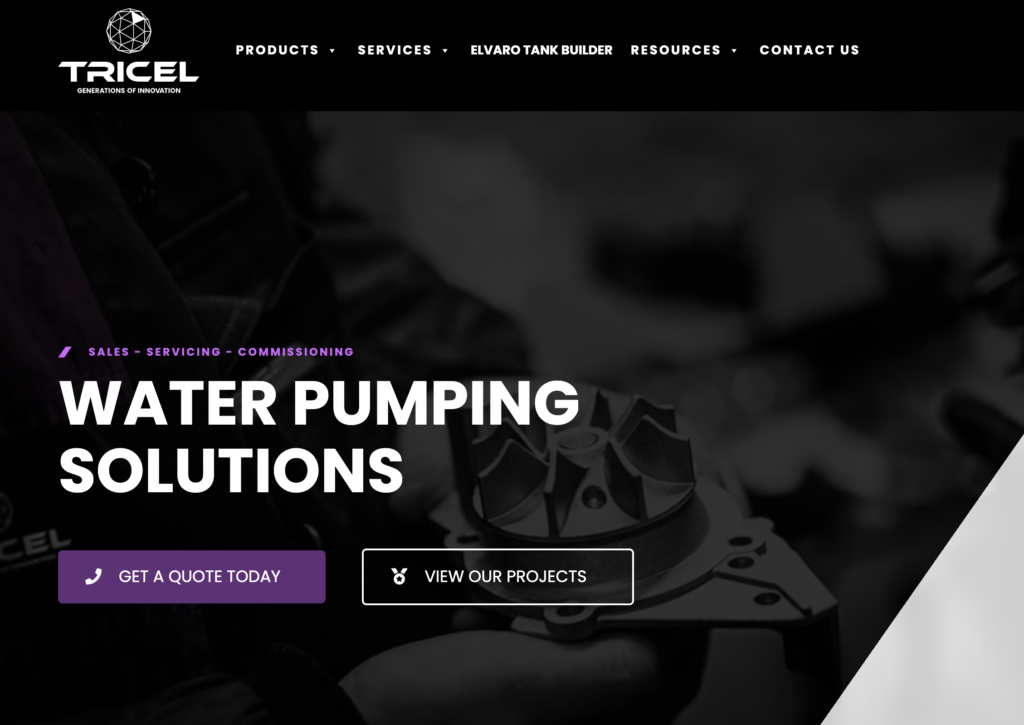Fire sprinklers london
Home » Cold Water Storage Tanks » Fire Sprinklers London
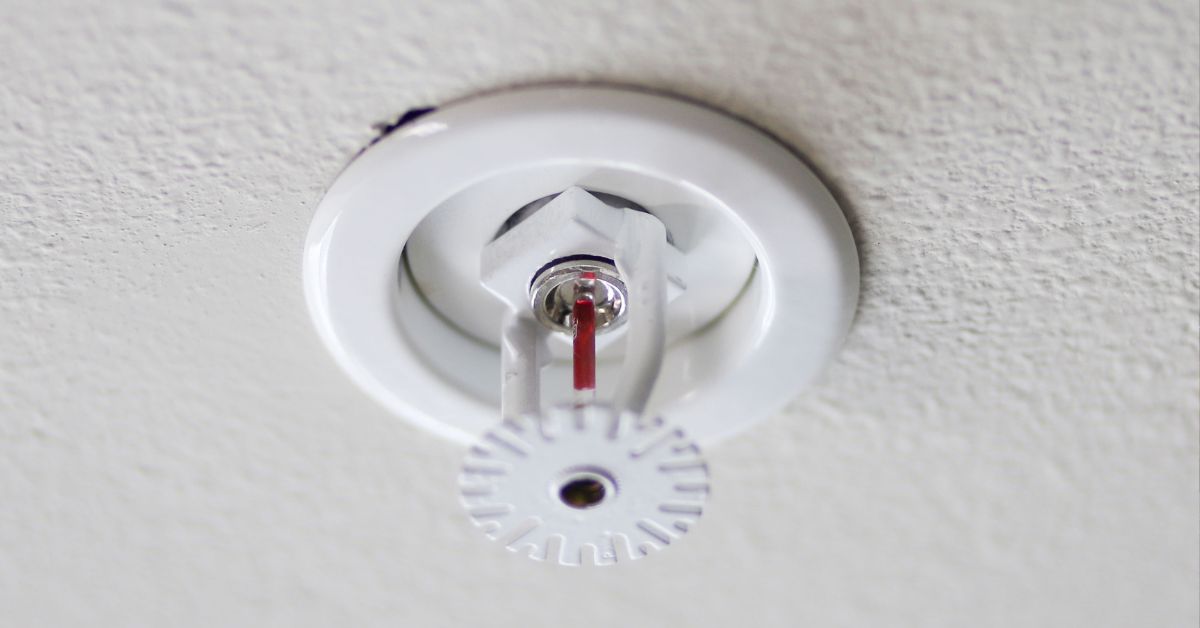
Fire safety is paramount in any urban environment, and London, with its bustling streets and historic architecture, is no exception. One crucial component of fire safety infrastructure is the fire sprinkler system, which relies on well-designed and properly maintained fire sprinkler tanks to deliver timely and effective protection. This article delves into fire sprinklers in London, exploring their types, advantages, LPCB Approval and more.
Safeguarding London Against Fires
Fire sprinkler tanks serve as water reservoirs, ready to be deployed immediately in the event of a fire outbreak. These tanks are an integral part of fire sprinkler systems, which work by detecting and suppressing fires before they escalate into major disasters. By providing a continuous water supply, sprinkler tanks ensure that firefighting efforts can begin immediately, minimising property damage and potentially saving lives.
Types of Fire Sprinkler Tanks
Various types of fire sprinkler tanks are available, each with its characteristics and advantages. Pressurised tanks utilise stored pressure to propel water through the sprinkler system, while non-pressurised tanks rely on gravity or external pumps for water distribution. Additionally, fire sprinkler tanks can be installed aboveground or in basement plant rooms, depending on space constraints and aesthetic considerations.
Advantages of Installing Fire Sprinklers in London
The benefits of installing fire sprinklers in London are significant, especially considering the city’s unique architecture and landmarks. Sprinkler tanks offer more than just fire suppression. One major advantage is their rapid response, containing fires quickly before they spread. Additionally, sprinkler tanks minimize fire damage to property, reducing insurance claims and associated costs. Installing these systems also helps building owners and managers meet safety regulations, ensuring the protection of occupants.
Factors to Consider When Choosing Fire Sprinkler Tanks
Selecting the right fire sprinkler tank requires considering factors like tank size, material, LPCB approval, and installation needs. The tank size and capacity should match the specific requirements of the building or facility it protects. Additionally, the material, durability, location, and accessibility for installation and maintenance must also be taken into account.
LPCB Approval And Compliance for Sprinklers
Sprinkler tanks are essential in fire protection systems, providing a reliable water source for sprinklers during a fire. The Loss Prevention Certification Board (LPCB) is a globally recognized body that ensures top safety and reliability for fire protection products, including sprinkler tanks. Our LPCB-certified tanks are designed, manufactured, and maintained to meet strict safety standards, ensuring reliability during critical situations.
Strict Regulations and Testing Process
Sprinkler tanks undergo rigorous evaluation to achieve LPCB certification under the LPS 1276: Issue 2.0 standard. This certification process guarantees tanks meet the highest quality, durability, and performance standards.
Certification and Maintenance
Once a tank passes all required tests, it receives LPCB certification under LPS 1276: Issue 2.0. This certification is a mark of quality recognized globally by insurers, regulators, and fire professionals.
Manufacturers must undergo regular audits to maintain certification, ensuring continued compliance with LPCB standards. Installed tanks require regular inspections and maintenance as per LPCB guidelines to ensure performance and safety.
By adopting global best practices, cities like London can strengthen their fire safety systems and better protect residents and assets.
Emergency Response and Contingency Planning
In addition to fire sprinkler systems, effective emergency response and contingency planning are key to fire safety strategies. Establishing clear protocols for evacuations, firefighting, and communication ensures a coordinated response during emergencies.
Fire sprinkler tanks are crucial in protecting London from fire damage. They provide a reliable water source for suppression, minimizing property loss, saving lives, and ensuring regulatory compliance. Investing in these systems and maintaining best practices in their design and upkeep strengthens fire safety in urban areas.
Read More...
- Water Tank Installation & Maintenance
- Cold Water Storage Tanks
- Case Studies
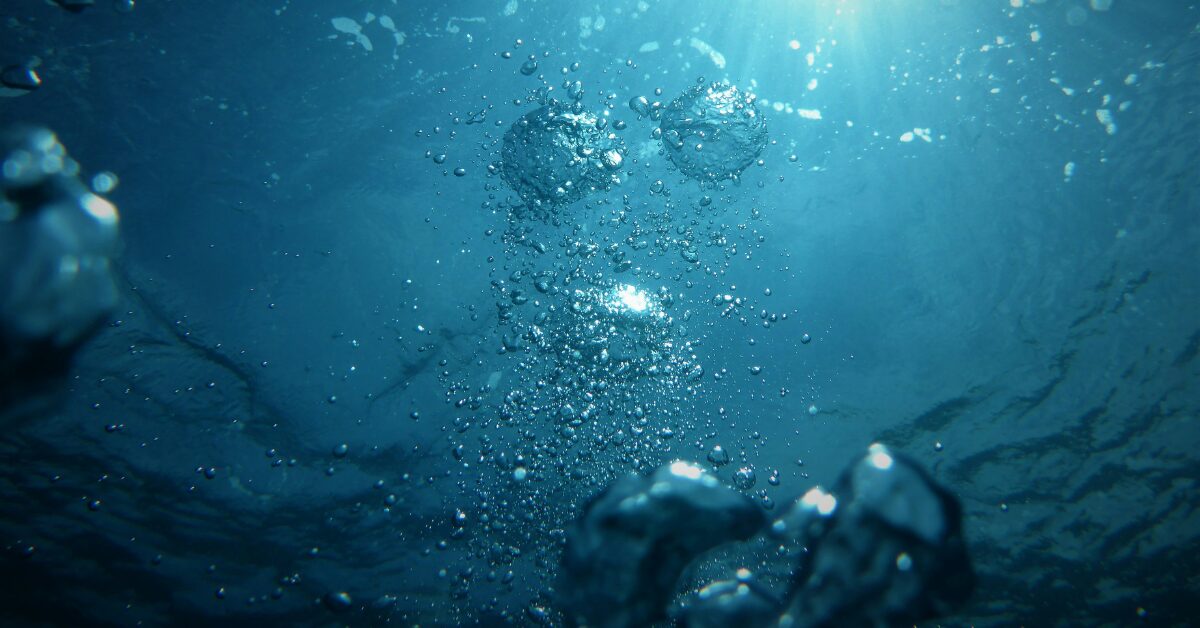
Leak in Water Tank: Causes, Prevention, and Solutions
Water tank leaks can lead to significant structural damage and water loss. Common causes include corrosion, poor installation, and lack of maintenance. To prevent leaks, it's essential to ensure proper installation, use high-quality materials, and conduct regular inspections. For detailed guidance on causes, prevention, and solutions for water tank leaks, refer to Tricel Water UK's comprehensive article.
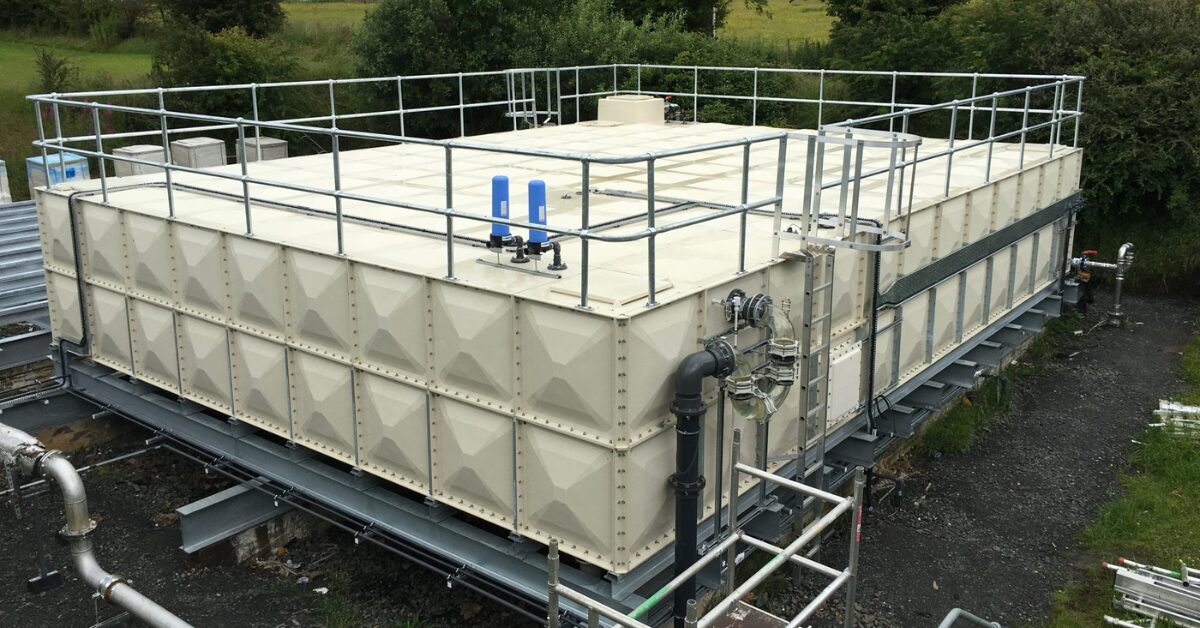
Importance of Base Levelling Steels
Proper base levelling is essential for the stability and longevity of your water tank. This guide explains why base levelling steels are crucial for preventing structural issues and ensuring your tank performs optimally over time.
Water Tank Replacement
Replacing your water tank is crucial for maintaining system efficiency and preventing costly repairs. This guide covers key signs that it’s time for a replacement and the best practices for installing a new tank, ensuring reliable water storage.
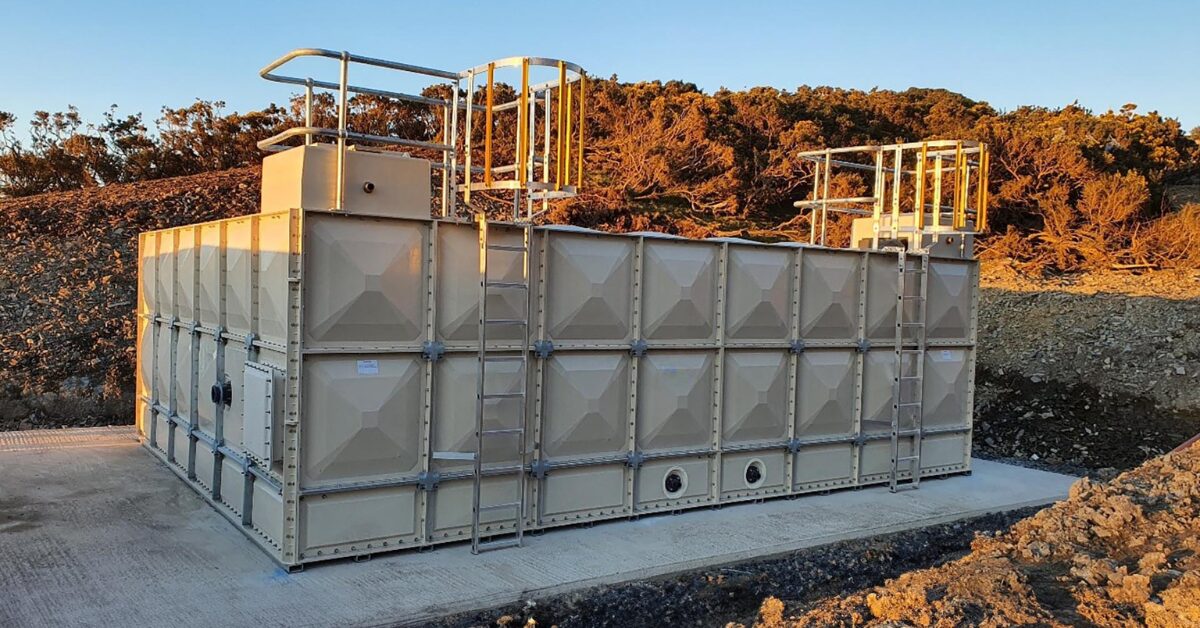
Water Tank Installation Guidelines
Ensure your water tank is installed correctly with our comprehensive guide. Learn the key steps, best practices, and important considerations to achieve a successful and efficient installation.
